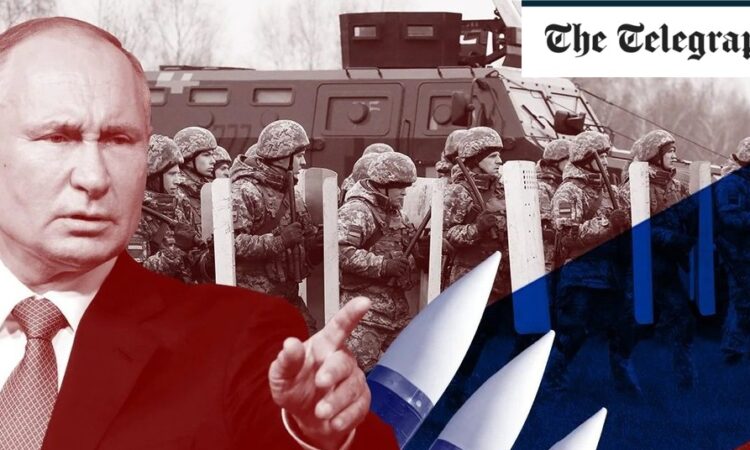
The first of these channels has definitely not worked. Russia’s main exports, namely oil and gas and some minerals and metals, are the most fungible of all.
It is relatively easy to divert these from one set of markets to another. In Russia’s case, this has been facilitated by China and India replacing the West as a source of imports and a market for Russia’s exports, and by some other countries acting as intermediaries between Russia and third parties.
Indeed, higher prices for energy meant that in the early stages of the war, Russia’s export earnings, and hence the revenues flowing to the country’s government, soared. More recently, both prices and energy revenues flowing to the treasury have fallen back. Financial pressure has failed for similar reasons.
The Russian government has been preparing for this since the annexation of Crimea in 2014. It has reduced financial dependence on the West and has increased use of the Chinese system to facilitate international payments. The effectiveness of the third channel is unclear.
As with so many other countries, there are serious doubts about the validity of official statistics – particularly so in the Russian case. On the face of it, though, there doesn’t seem to have been a major impact on Russia’s productive capacity.
What is the outlook? It seems likely that the damage to Russia’s productive capacity from the loss of western technology and key supplies will increase over time. Moreover, the medium-term outlook for its supply capacity has been severely dented by the loss of so many soldiers in the Ukraine war – and more importantly, by the exodus of so many well-qualified young people who wished to escape both the Putin regime and the prospect of call-up.
The extent of troop losses is extremely uncertain. One US estimate puts the number of Russians killed and wounded at over 350,000. Emigration because of the war is unofficially estimated at over 1 million. This amounts to a combined total of about 1pc of Russia’s population.
These losses are especially important because of Russia’s pre-existing demographic time-bomb. Its birth rate has been running at about 1.5, well below the replacement level of 2.1. Not only are the majority of casualties and emigrants young, but they are also disproportionately male, threatening a gender imbalance in Russia which will undermine overall fertility.
Meanwhile, the immediate economic outlook remains fragile. The latest Russian budget envisages a 70pc increase in defence spending this year, taking it to 6pc of GDP (The UK Government should kindly take note).






